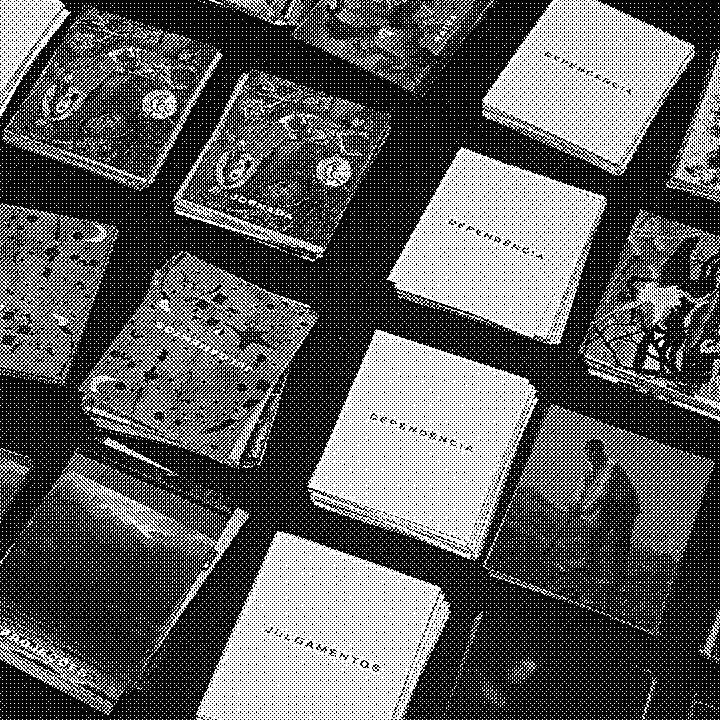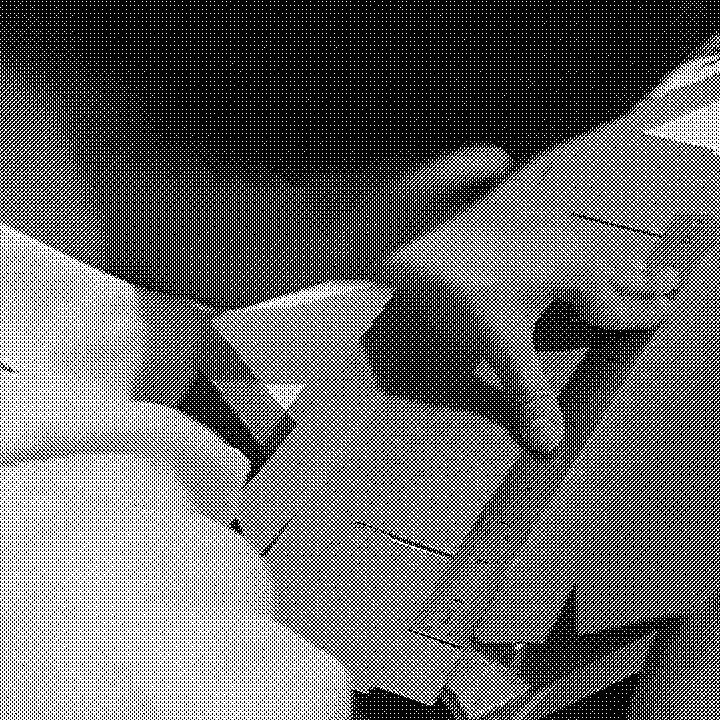Facilitating Conversations through Visual Thinking
PROJECT Insight Card Deck
ROLE Designer
CATEGORIES Visual Identity, Packaging, Interaction
YEAR 2019
WORKED WITH Organizational Development Professionals (Executive Coaches, Facilitators, Consultants, Mentors) + Psychologists + Designers
REPORTED TO CEO + University Advisor
This was the result of my graduation project in Visual Communication Design at ESPM
REPORTED TO CEO + University Advisor
This was the result of my graduation project in Visual Communication Design at ESPM
AWARDS Best Graduation Project 2019 (ESPM Student Awards) + Best Project of the Graduating Class (Abedesign-RS)
Overview
Clear communication and mutual understanding are the basis for good and productive relationships. It's not unusual, however, that people will simply assume they are being understood, or will behave based on what's unsaid - on those murky cultural cues that any group of people develops. Also frequent is the inability to make sense of one's own reasoning and to vocalize the thoughts and feelings involved on making a decision or behaving in a determined manner. These obstacles to communication hinder performance and quality of life inside organizations - increasingly more affected by mental health disorders among employees.
This context prompted the questions: if people's minds are a realm of their own, how can we build bridges between them to create consensus? And how can we facilitate the exchange of ideas by welcoming divergent understandings?
Human beings navigate through the world by assigning meaning to what surrounds them. And we can use this sense-making ability to externalize and give shape to what's unconscious through the use of symbolic intermediaries - words, images, objects, colors. The cards in the insight deck are such prompts, full of potential meaning, that serve to facilitate communication and explore self awareness about how we think, feel and behave. Through conversations and play, users can learn more about the way they deal with themselves and the world around them.
WHY IT IS RELEVANT: Mental health disorders, create more humane work environments, opening up conversations , reaching consensus, creating empathy, getting to know more about yourself and others. Giving instruments for professionals who actively act on these issues.
Context
During my work at All About People, an Organizational Development (O.D.) consultancy in Porto Alegre (BR) I participated in many training sessions and practices, where group facilitators and executive coaches used visual information - magazine cutouts, objects in the room, words on a board - to engage participants in self-reflection, ultimately seeking to increase self-awareness and performance as a result. It was implicit that these symbols have the capacity to intermediate meaning and that people will often project and find, in external objects, what wasn’t yet completely clear to them in a conscious level. Using of this kind of divergent thinking helped O.D. professional deepen the conversations they were facilitating and clients to reach new insights.
As a designer, I questioned how could my area of expertise contribute to improve organizational and self development and boost this kind of self-reflection. There were plenty theories at work behind these techniques, so maybe a design approach could weave them together and, by applying principles of visual communication, we could create a system that improved usability and structured the approach.
THE PROBLEM
How could we develop a visual tool especially suited to increase learning and self awareness in personal development settings?
Organizational Development (O.D.) deals with the improvement of relations, processes, change and performance inside an organization and its internal groups with organizational behavior theories and models. Its practice comprises a wide variety of professionals such as consultants, coaches, facilitators, psychologists, storytellers, managers to name a few. O.D. practitioners include psychologists, coaches, facilitators, consultants, administrators, and others who unite around the diffuse goal of promoting well-being, engagement, trust, and enjoinment levels inside an organization.
The market potential verified for such a product was further motivation. The growth of the O.D. sector created a niche population with high purchasing power who was avid for new quality products. With the right design, we could deliver much value with low production and operational costs. If produced, it could quickly cover the initial investment and become a profitable product in a company’s portfolio.
UNDERSTANDING THE USER
The tool had to be just as good for a mentor of young trainees as for a facilitator in a senior partners meeting.
Participant observation in O.D. processes - an immersion in the reality of the user - allowed me to identify different user personas and their approach towards the use of visual tools and stimuli. Based on the user behavior we understood that a card deck had the most appropriate structure for the tool we were proposing: it was a set of visual information nodes that presented various possible combinations through game / playing mechanics.
COMPONENTS OF THE PROBLEM
After extensive research on perception, visual communication, graphic design and visual tools for personal development, the deck of cards was chosen as the format for the solution.
Process
After analyzing the larger context and understanding the variables of potential solutions, the project unfolded into actionable steps that led to the creation of the card deck. The process included different methods of research and analysis: a very broad literature review that covered all the project's thematic fields; direct observation of organizational and personal development practices; analyzing the content, game mechanics and construction of more than 100 card decks in the learning category; prototyping and tests with real clients in O.D settings.
This is an abridged case of this project. The original follows steps in Bruno Munari’s creative methodology (Da Cosa Nasce Cosa, 1992) with adaptations to the necessities of this project, as well as a marketing plan for All About People - that justifies the business requirements for the development of the product - and the theoretical foundation/literature review. Access the full project file in Portuguese here.
PROTOYPING AND VALIDATION
Both due to the types of interventions common to the O.D. field and the characteristics of learning decks, we understood that cards with single words and images would provide the best possibilities for our target-audience. To test for this factor, along with other general elements of usability, we prototyped decks for an experiment to be performed with twelve O.D. professionals in their actual practices. Each participant of the study received a kit with the materials and instructions.
I was specially interested in discovering to which level of abstraction in images both professionals and clients would respond best. So the initial sample was further divided in two groups: one would receive images with clear representations and the other would receive abstract and non-representational imagery.



The tool was validated with much positive feedback. The responses to the experiment set the guidelines for designing the deck in its final format.
CREATING THE SOLUTION
The core concept behind the tool was that visual cues would trigger self-reflection and facilitate communication, and so the branding started from here.
Having verified the most important aspects that would affect the deck’s performance, we started working on the branding and graphic design aspects of the product. The first step was the naming process.
insight was chosen as the name for the tool. The word actually describes the mechanism behind the cards: when you come in contact with rich visual information you can relate to your own experience and explore values that are usually clearer on the image than on your own mind.
A dictionary definition:
1. 1. An instance of apprehending the true nature of a thing, esp. through intuitive understanding.
2. Penetrating mental discernment.
3. Psychology: a. an understanding of the motivations behind one’s thoughts or behavior. b. in psychotherapy a recognition of the sources of one’s emotional or mental problem.
1. 1. An instance of apprehending the true nature of a thing, esp. through intuitive understanding.
2. Penetrating mental discernment.
3. Psychology: a. an understanding of the motivations behind one’s thoughts or behavior. b. in psychotherapy a recognition of the sources of one’s emotional or mental problem.
With the card deck, users can freely add images and metaphors in their sessions, so their clients can find new meanings in their inner dialogue. All of the elements of the visual identity and contents of the cards should support the elements that allow for these dynamics. But every definition also prompted new doubts. The next page shows a quick overview of the creative process.
The logo mark was created with a simple, geometric construction with motifs based on the concept behind the deck.
Self - Perception through Sight - Projection of Self through Symbolic Relations - Insight
The words in the cards had to relate to self-knowledge and self-development. We understood that the vocabularies of thoughts, feelings and behaviors would be adequate for this purpose. This triad was chosen after analyzing different approaches to the matter of consciousness, initially in psychology and then - in a somewhat simplified matter - to more practical, Organizational Development and experiential learning theories. Regarding images, they had to suit different audiences, so we created different collections with varying tones, from somber to uplifting, dreamlike to everyday.
Solution
The final product is composed of a main deck enclosed in a magnetic box. The deck is divided in three suits of words with 20 cards each (thoughts, feelings, and behaviors) and a companion thematic pack of 20 images to be chosen among various
categories. Each deck has its own poster with additional explanations and listing for the cards.
categories. Each deck has its own poster with additional explanations and listing for the cards.
Results and take-aways
One unit of the complete solution was produced, tested and approved in several scenarios (classrooms, training sessions, coaching sessions, facilitations and others). General improvement points regarding construction were noted. Since a wider layman audience was also interested in the product, there would need to be a handbook to introduce the customer to the product and to educate them about possible uses and techniques.
Some potential customers noted that they would be interested in attending workshops where they could learn about the use of images in personal development. Large scale production with a business model ready to be implemented with pending improvement points.
DISCLAIMER
All images were selected from open license, license free or creative commons repositories. Any 3rd party copyrighted images were user for research and / or academic purposes. No infringement intended. Authors and collections credited and included throughout the materials.
All images were selected from open license, license free or creative commons repositories. Any 3rd party copyrighted images were user for research and / or academic purposes. No infringement intended. Authors and collections credited and included throughout the materials.